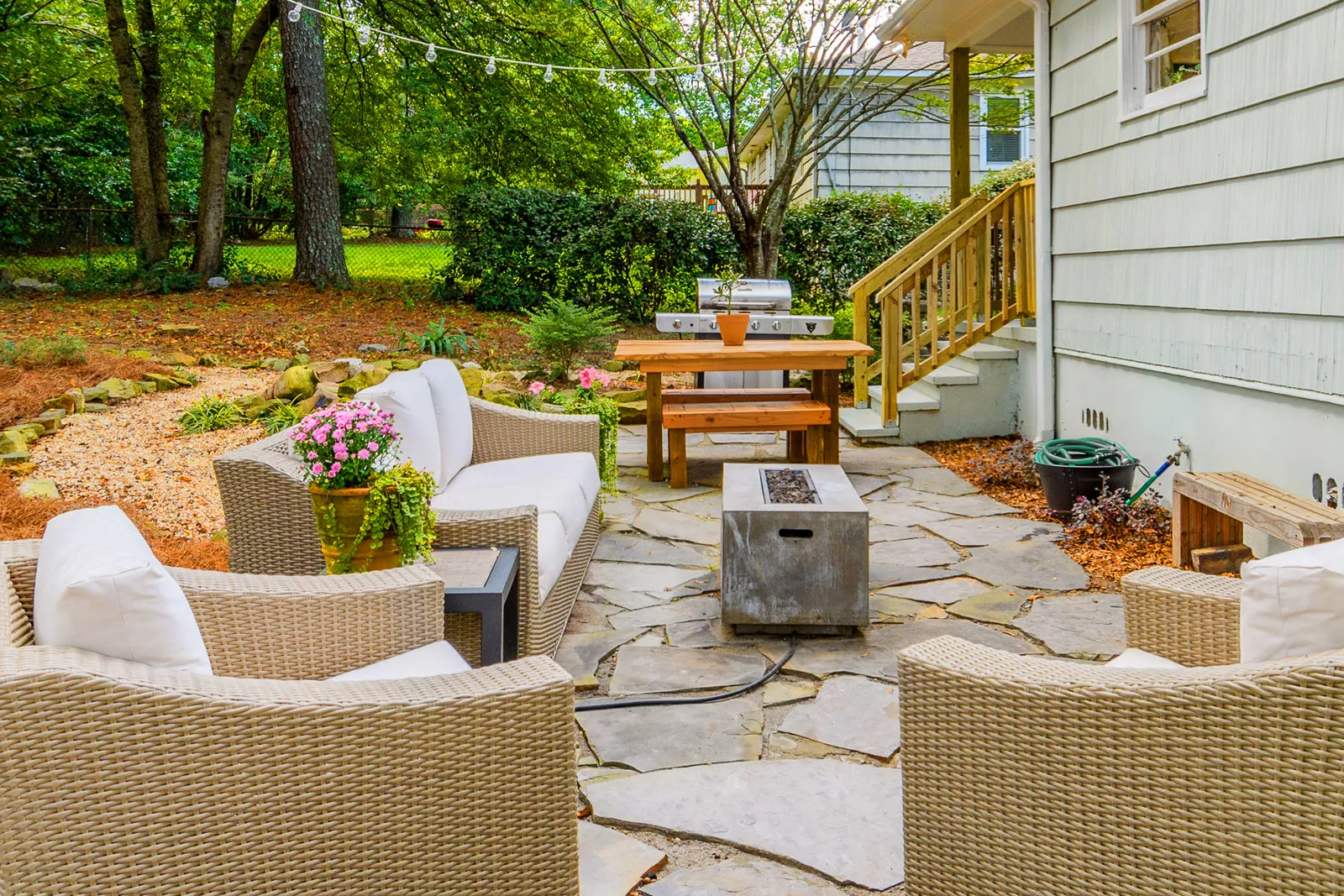From Barren to Beautiful: The Journey of Landscape Transformation

Crafting Exceptional Landscapes: A Guide to Transformation Methods
Transforming an outdoor space from its current state to a vibrant, functional, and aesthetically pleasing environment requires careful consideration of various design philosophies. Choosing the right approach is crucial for achieving desired outcomes and ensuring long-term satisfaction. Here, we outline key methods for landscape transformation.
-
Holistic Ecosystem Design: Creates self-sustaining environments by integrating native flora, water features, and natural materials. Emphasizes biodiversity and minimal external inputs for long-term health and visual harmony.
-
Structured Formal Layouts: Utilizes geometric precision, symmetry, and defined lines for a sophisticated, orderly aesthetic. Features manicured hedges, classic pathways, and architectural elements for strong visual impact.
-
Adaptive Permaculture Principles: Applies sustainable land management techniques to enhance soil fertility, water retention, and edible landscapes. Aims for productive, resilient systems working in harmony with nature.
Key Criteria for Evaluating Landscape Approaches
When comparing different landscape transformation methods, it is essential to assess them against specific criteria to ensure the chosen path aligns with your objectives. Focus on these aspects during your evaluation:
-
Long-term Viability: Assess the design's ability to thrive with minimal intervention and adapt to environmental changes over many years.
-
Resource Efficiency: Consider the extent to which the design minimizes water usage, energy consumption, and the need for external materials.
-
Aesthetic Integration: Evaluate how well the design harmonizes with existing architecture and the surrounding natural or urban environment.
-
Initial Implementation Scope: Examine the complexity and scope of the initial setup, including preparation, materials, and specialized labor requirements.
Comparative Analysis of Landscape Transformation Methods
Holistic Ecosystem Design excels in long-term viability, creating robust, self-regulating landscapes that mature gracefully. Prioritizing native species and natural processes, these designs require less ongoing maintenance and adapt well to local climates. They demonstrate high resource efficiency, significantly reducing water consumption and chemical inputs once established, fostering a truly sustainable environment.
Structured Formal Layouts offer distinct visual appeal but can challenge long-term viability without meticulous maintenance. Their precise nature demands regular pruning, watering, and pest management to preserve the intended aesthetic. While not inherently resource efficient for manicured lawns or hedges, careful plant selection and advanced irrigation systems can mitigate some environmental impact, balancing beauty with responsibility.
Adaptive Permaculture Principles are inherently strong in both long-term viability and resource efficiency. These systems build soil health, conserve water through mulching and swales, and produce beneficial yields. They become more resilient over time, often requiring less external intervention as the ecosystem develops. This approach actively reduces waste and promotes cyclical resource use, fostering productive, living spaces.
Regarding aesthetic integration, Holistic Design blends seamlessly with natural surroundings, creating an organic, harmonious look. Structured Layouts provide a bold, architectural statement, complementing modern or classic buildings with crisp lines. The initial implementation scope for Holistic designs involves extensive site preparation and plant sourcing. Structured layouts often require significant earthworks, hardscaping, and precise planting for immediate impact. A&G LANDSCAPE ensures these complex elements are managed effectively.
Permaculture designs, while primarily functional, can also be highly appealing, evolving into lush, productive gardens. Their initial implementation scope can start small and expand, though larger transformations involve detailed planning for earthworks and water management. Each approach offers unique advantages; A&G LANDSCAPE helps clients weigh ecological benefits, visual goals, and maintenance commitments to choose the optimal method for their property.
Recommendations for Method Selection
For clients prioritizing environmental stewardship, reduced long-term upkeep, and a landscape that evolves naturally or yields resources, Holistic Ecosystem Design and Adaptive Permaculture Principles are excellent choices. Both create biodiverse, resilient, and sustainable outdoor environments, minimizing external inputs and fostering ecological health. Permaculture specifically adds the benefit of productive yields and enhanced self-sufficiency.
If the primary goal is a refined, orderly aesthetic that complements architectural design, Structured Formal Layouts are highly effective. These designs offer immediate visual impact and a sense of controlled elegance, perfect for formal gardens or contemporary settings. Be prepared for consistent, detailed maintenance to preserve their pristine appearance and sharp lines over time, ensuring the intended visual statement endures.
Ultimately, the best approach depends on your specific vision, site conditions, and long-term objectives. Consider factors like desired aesthetic, level of ongoing maintenance, and environmental impact. Consulting with experts like A&G LANDSCAPE can clarify these choices, ensuring your landscape transformation aligns perfectly with your aspirations and the unique characteristics of your property.